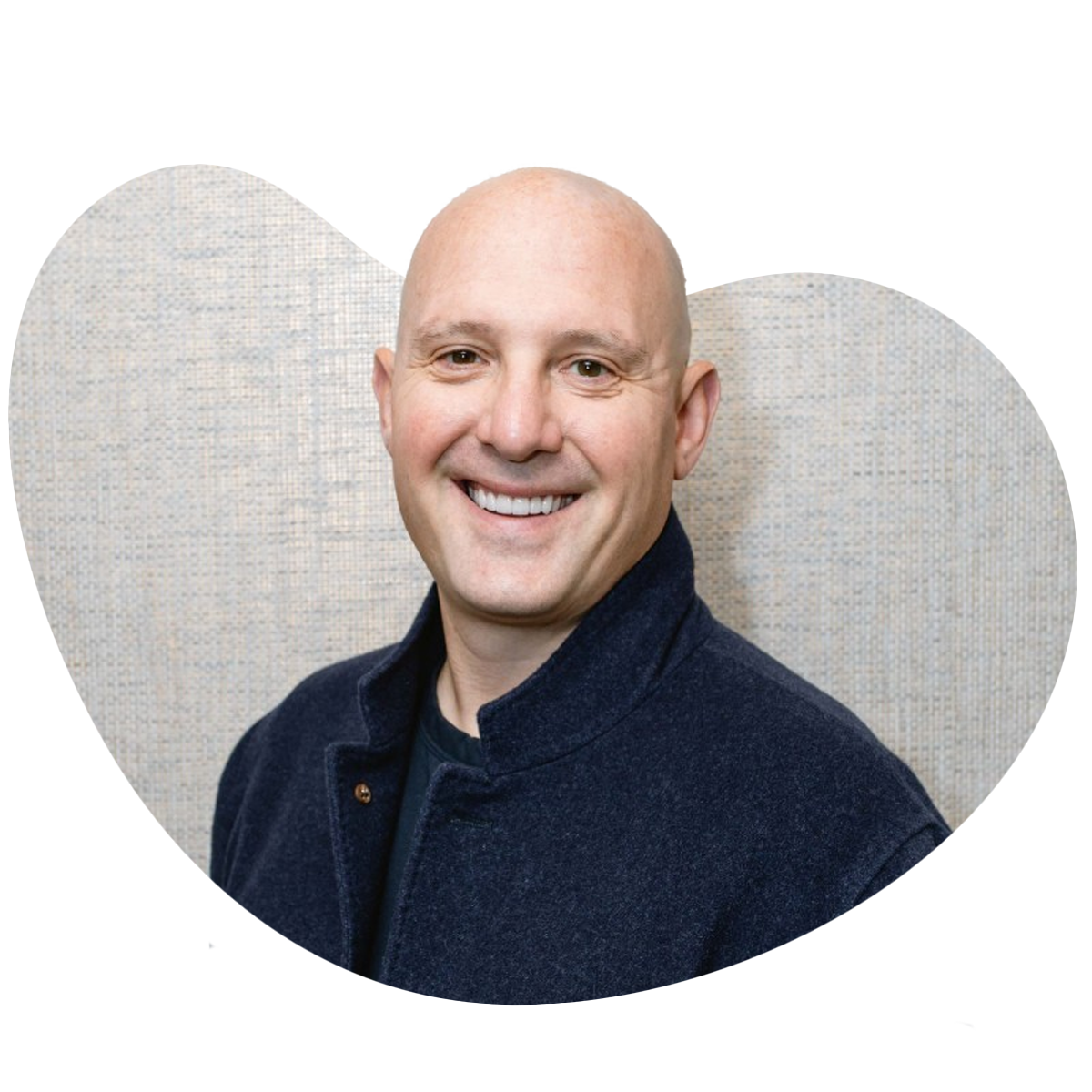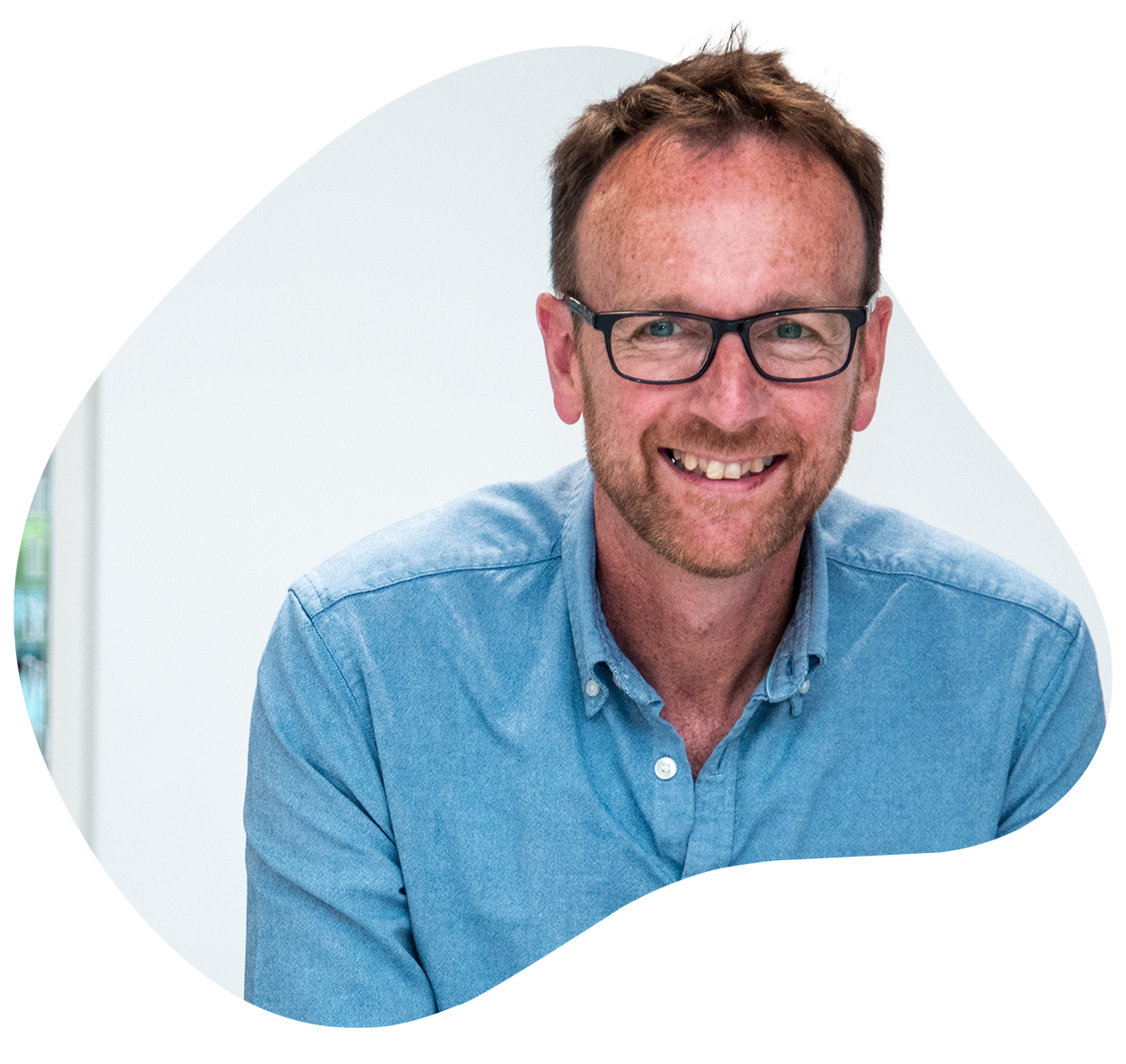Building SDR Teams from Scratch: Lessons from the Trenches
Estimated reading time: 4 minutes
Most SDR teams underperform. Harsh, but true. Companies pour time, energy and budget into hiring, tech stacks, and processes, yet results often lag. Why? Too many teams still build on shaky foundations – rushed onboarding, overengineered tools, and a failure to focus on what really matters: people, conversations, and value.
In our recent durhamlane webinar, I sat down with Mark Niemiec (CRO at SalesLoft) and Dave Wilkins (Founder of SDR Leaders of EMEA) to explore what it takes to build a resilient, high-performing SDR function in 2025 and beyond. The conversation ranged from future-proofing the SDR role to avoiding common pitfalls and everything in between.
The future of the SDR role
The SDR role isn’t dying, but it is transforming. Ten years ago, you could hire a graduate with the right attitude and train them into a high-performing seller. Today, buying cycles are more complex, tech stacks are more advanced, and expectations for quick results are higher than ever.
Dave shared how many organisations now hire experienced SDRs, sometimes with multiple years of frontline experience, to reduce ramp time. However, I remain a firm believer that with the right onboarding and leadership, raw potential can be moulded into exceptional talent. We’ve seen it happen time and again at durhamlane. The SDR role is still a springboard to a great sales career if you build the right foundation.
Compensation and motivation
Compensation matters, but it’s not the only driver. Dave’s EMEA SDR survey revealed the 70/30 split (salary vs. commission) is still standard. For more seasoned SDRs, companies are starting to shift towards 60/40 or even 50/50 models.
“As you get folks who are more seasoned and senior professionals, you can start to modulate that balance.”
Mark Niemiec
At durhamlane, we’ve moved towards performance-based commercial models that reward both our team and our clients. It’s a win-win: it feels fairer and encourages SDRs to think commercially from day one.
“Compensation matters, but culture, growth and learning opportunities are what keep the best SDRs.“

David Wilkins
Founder
SDR leaders of EMEA
Skills, red flags and scuffed knees
The best SDRs share three traits: intelligence, curiosity, and grit.
Red flags? Candidates who lack curiosity, lean on AI for interviews, or can’t give real examples of handling failure.
And failure itself is key. We talked about the importance of resilience, of being able to “skin your knees and come back for more.”
“If you’re not tripping up sometimes, you’re probably not running fast enough.” – Richard Lane
“Sales development is foundational. All great sellers learn their craft here first.“

Mark Niemiec
Chief Revenue Officer
Salesloft
Onboarding: winning before day one
“Everything needs to happen before day one. Onboarding starts long before your SDR walks in the door.” – Dave Wilkins
A sloppy onboarding process can ruin even the most promising hire.
The best onboarding is structured, immersive, and hands-on. Mark shared that SalesLoft revamped its onboarding to compress the time to productivity by 50%, aiming for meaningful success within 90 days.
At durhamlane, we push for 30 days to productivity. AI-powered role plays and tools like Hyperbound help new SDRs practice in realistic scenarios before they hit the phones. This makes early wins – and early confidence – much more likely.
Tech stacks: less is more
Tech stacks should empower, not overwhelm.
“Sales isn’t a job. The job is to help customers solve their most important problems. Sales is just the byproduct.” – Mark Niemiec
We encourage clients to focus on the human element – using tools to make conversations better, not just faster.
“We’ve got too much tech in the hands of SDRs”

David Wilkins
Founder
SDR Leaders of EMEA
Management and metrics that matter
An SDR team needs dedicated leadership. Player-coach roles often fail because coaching requires time and focus.
“Managing 10 SDRs with proper 1-1s os 12 hours of your week – before you even get to everything else.”

Mark Niemiec
Chief Revenue Officer
Salesloft
Metrics? It’s not just about dials or emails sent. We look at:
- Inputs – targeting, ICP, data quality.
- Outputs – conversations and connections.
- Outcomes – meetings booked, pipeline, revenue.
- Insights – what SDRs are hearing from the market.
“Our job is to add value to our customers, our teams, and our own careers. If we can do that consistently, the rest will follow.”

Richard Lane
Co-Founder
durhamlane
Pitfalls to avoid

Rushing to hire without clarity.
Underestimating the importance of onboarding.
Adding tech for the sake of tech.
Waiting too long to intervene when performance dips.
“The SDR role is hour by hour. Wait until Friday to fix Tuesday’s problem, and you’ve already lost.” – Richard Lane
Final thoughts…
Building a high-performing SDR team isn’t about buying the latest software or hiring “unicorn” talent. It’s about clarity, structure, and creating an environment where curiosity, grit, and human connection thrive.
Want the full playbook? The webinar is packed with unfiltered insights from Mark Niemiec, Dave Wilkins, and myself. Listen to the full webinar here.
Your SDR team is the engine of your pipeline. Getting it right takes structure, leadership, and clarity. Looking for a team that consistently adds value and drives revenue? Let’s talk.